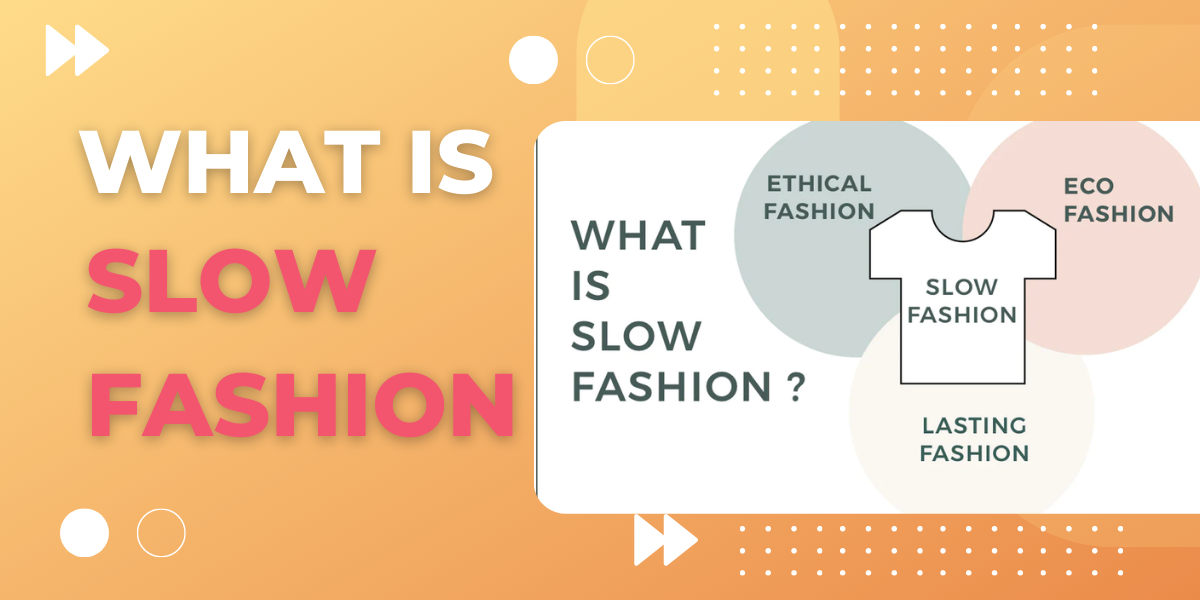What Is Slow Fashion-Introduction:
In recent years, “slow fashion” has gained momentum as a counter-movement to the fast-paced, disposable fashion industry. Slow fashion promotes a more sustainable and ethical fashion production and consumption approach. This article aims to define and explore the concept of slow fashion, its key principles, and its benefits.
What is Slow Fashion?
Slow fashion is a concept that advocates for a more sustainable and ethical approach to fashion production and consumption. It emphasizes quality over quantity, promotes a slower pace of production and consumption, and prioritizes the well-being of workers and the environment.
Principles of Slow Fashion:
Four key principles guide slow fashion:
Quality over Quantity:
Slow fashion encourages producing and consuming high-quality, long-lasting garments rather than cheap, disposable ones. The focus is on durability, functionality, and timeless design that can be worn for years.
Ethical and Fair Labor Practices:
Slow fashion promotes the fair treatment of workers involved in the production process. It advocates for fair wages, safe working conditions, and respect for workers’ rights.
Sustainable Production:
Slow fashion prioritizes sustainable production methods, such as using eco-friendly materials, reducing waste, and minimizing the carbon footprint of the production process.
Local and Artisanal Production:
Slow fashion promotes local, artisanal, and traditional production methods. It values the skills of local artisans, supports small-scale production, and encourages the use of locally sourced materials.
Benefits of Slow Fashion:

Environmental Sustainability:
Slow fashion promotes eco-friendly production methods and reduces the fashion industry’s carbon footprint. It minimizes waste and encourages the use of sustainable materials, which can help reduce the fashion industry’s negative impact on the environment.
Ethical Treatment of Workers:
Slow fashion prioritizes the fair treatment of workers involved in the production process. It advocates for fair wages, safe working conditions, and respect for workers’ rights, which can improve the lives of garment workers worldwide.
Economic Benefits:
Slow fashion supports local production and traditional craftsmanship, creating jobs and stimulating local economies. It also encourages using locally sourced materials, which can support local farmers and suppliers.
Individual Style:
Slow fashion emphasizes timeless design and encourages people to develop their style rather than follow the latest trends. It allows individuals to express their creativity and individuality through their clothing choices.
Conclusion:
In conclusion, slow fashion is a concept that promotes a more sustainable, ethical, and individualistic approach to fashion production and consumption. By prioritizing quality over quantity, sustainable production methods, fair labor practices, and local and artisanal production, slow fashion offers a more mindful and responsible alternative to the fast-paced, disposable fashion industry.




